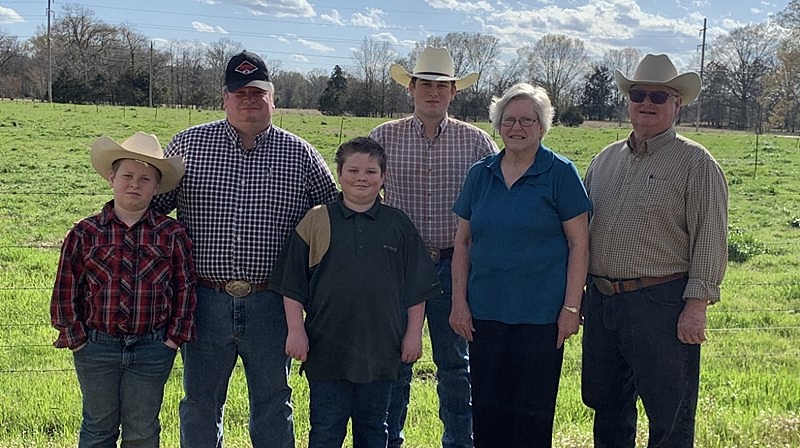
Glynn and Ruth Gibson from southeast Arkansas are a small but mighty force in American ranching. Their cattle operation may be modest, but their dedication to conservation and innovation is anything but.
The family’s cattle operation started on the original property in the 1930s. Glynn’s involvement began in 1954, and he started raising purebred Charolais cattle 37 years ago, initially with just six cows and heifers. However, thanks to his training and expertise in artificial insemination, the Gibsons have since expanded the herd to include both purebred and commercial cattle.
One of the unique aspects of the Gibson ranch is its work in silvopasture, which involves grazing cattle in forested areas.
Working with USDA’s Natural Resources Conservation Service (NRCS), the Gibsons have established a management system for their silvopasture that has proven beneficial for both their land and their animals.
“The purpose of it is to have a combination of pasture and trees together so that you can double up on the income,” Glynn said. “It provides shelter and shade for the cattle as well as grass.”
With financial support from NRCS and its Environmental Quality Incentives Program (EQIP), the Gibsons have also implemented cross-fencing for rotational grazing and installed a water system for their cattle. Their use of rotational grazing has not only reduced costs but also boosted production per acre.
Ultimately, the Gibsons believe that investing in conservation benefits both their land and their bottom line.
“Anytime we can invest in conservation, in the long run, it will increase profits,” Glynn said.
This piece is based on a member spotlight featuring Ruth and Glynn Gibson by the National Cattlemen’s Beef Association.


